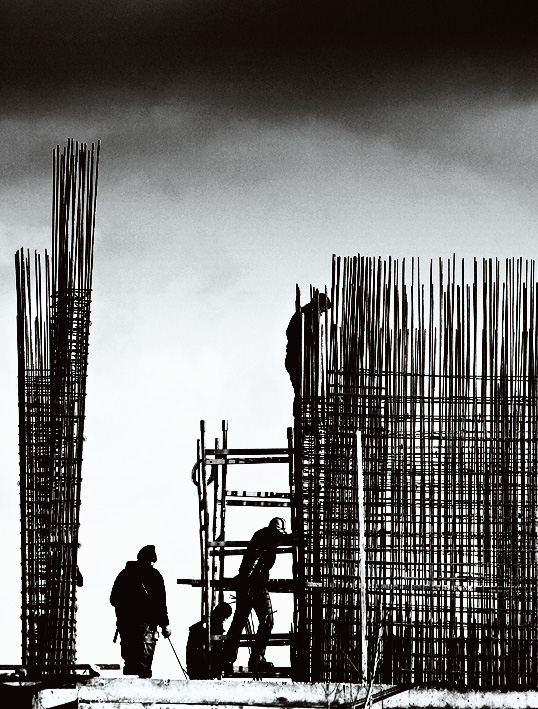![]()
Sample of links to construction cameras overlooking education community building projects:
August 2023
July 2023
June 2023
Wichita State University Cessna Stadium
May 2023
Auburn University College of Education Building
April
Texas Tech Athletics Construction
March 2023
August 2022
July 2022
June 2022
May 2022
April 2022
A.D. Henderson University School & FAU High School
March 2022
Blair-Taylor School District Construction Project
February 2022
January 2022
College of Lake County Waukegan Campus
December 2021
Florida Atlantic Henderson University School & High School
November 2021
Salem-Keizer Public Schools | Salem Oregon
October 2021
Washington University School of Medicine in St. Louis
September 2021
Northwood – Kensett Community School District
August 2021
July 2021
June 2021
May 2021
April 2021
March 2021
February 2021
January 2021
December 2020
November 2020
Clemson University College of Business
October 2020
Columbia Gorge Community College
Dos Pueblos High School Career and Technical Education Pavilion
September 2020
N.B. Construction activity reduced
August 2020
Bowling Green State University
N.B. Construction activity reduced
July 2020
June 2020
May 2020
University of Iowa Stanley Museum of Art
University of St. Thomas Minnesota
Indiana University Luddy Center for Artificial Intelligence
April 2020
Construction in US schools, colleges, universities and hospitals have fallen silent because of the COVID-19 pandemic.
March 2020
February 2020
Virginia Commonwealth University College of Engineering Building
Purdue University ABE Building
Archive
University of California Berkeley
….More coming; or you may find the same yourself with a simple search using keyword “university construction camera”. Keep in mind that as construction projects are completed, the cameras are removed. Some organizations purchase construction camera services which also enlighten understanding of the ferocious pace of education industry construction: Oxblue: Picture a better jobsite
https://oxblue.com/schools.php
![]()
We believe, and have solid evidence to demonstrate, that we can reduce the cost of building and maintaining the building environment of the education services sector with assertive advocacy in consensus and open source standards. That would be $1.6 billion of avoided cost. In any industry other than the education industry, $1.6 billion of avoided cost is meaningful. The difficulty we face, however, is that working to reduce cost is not as tangible as working to increase revenue. It is difficult to count, and ascertain, something that does not happen. “A penny saved is a penny earned” generally does not apply to the education industry and you have the exponential increase in the cost of education in the US as proof.
Additionally, of the $300 billion spent on administration, operations and maintenance, another 1 percent can be removed simply by using consensus standards processes to reduce redundancy and destructive competition.
Please log on to our live link any day at 11 AM Eastern time to discuss details.









